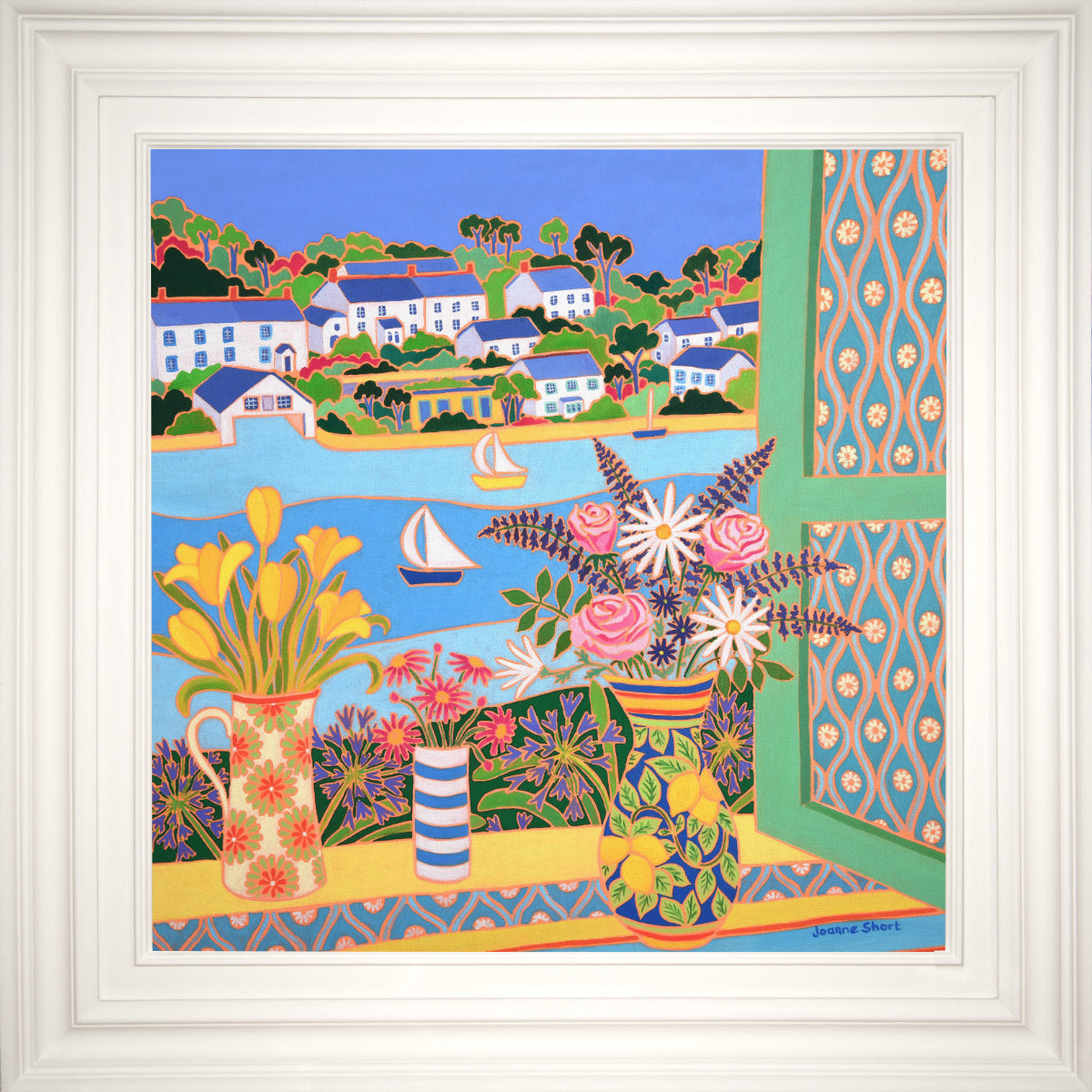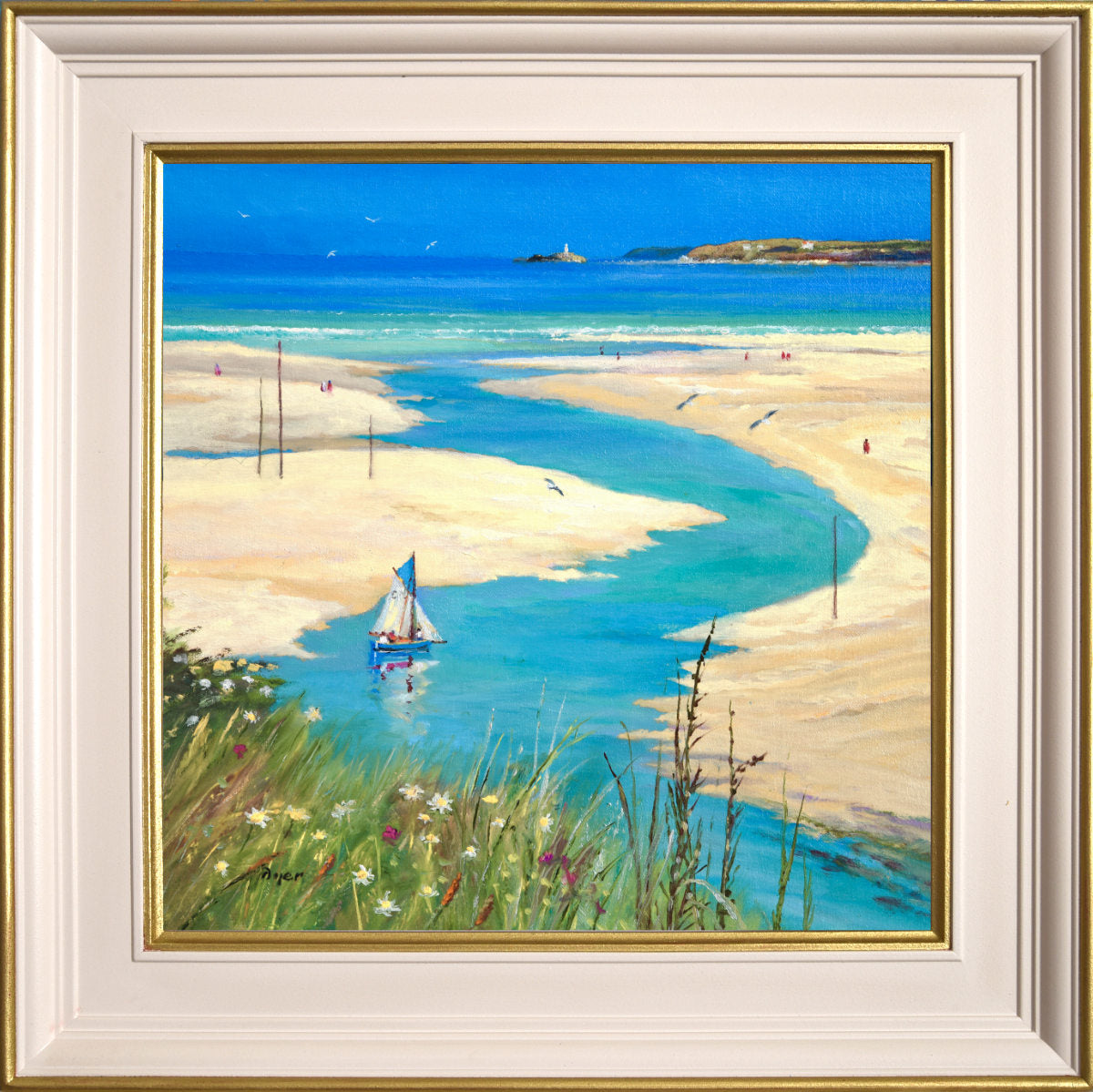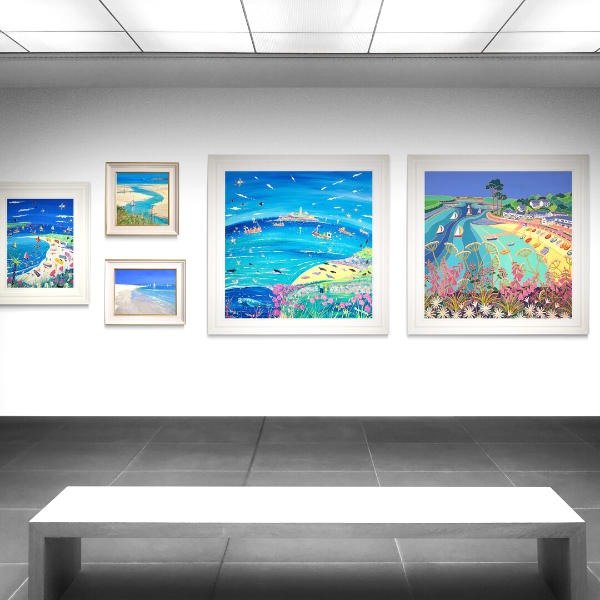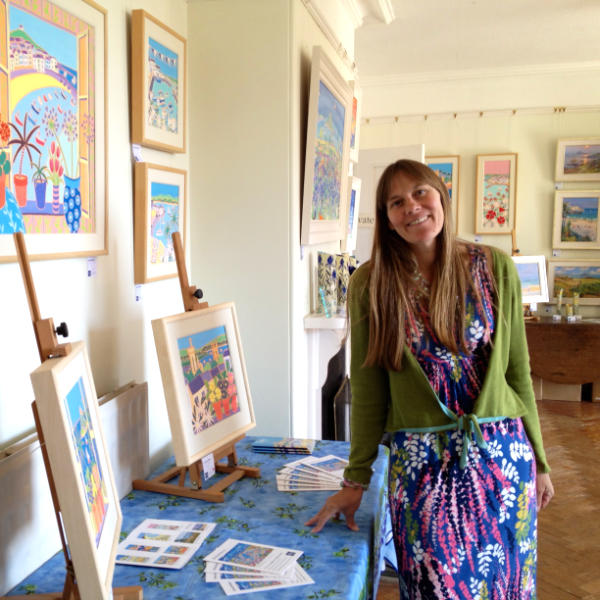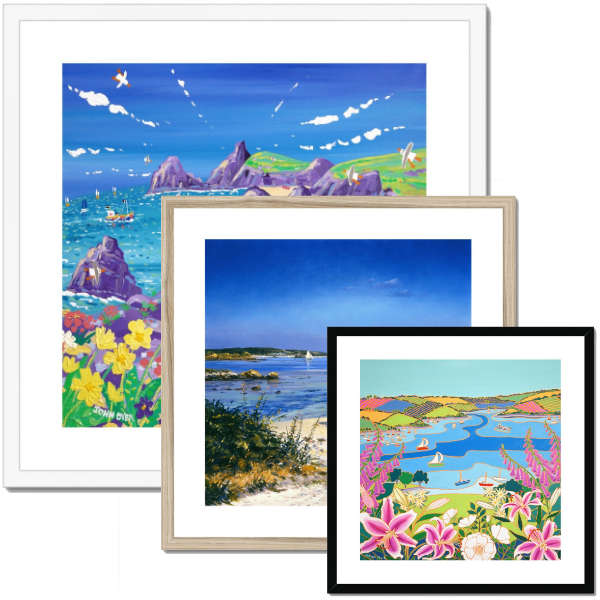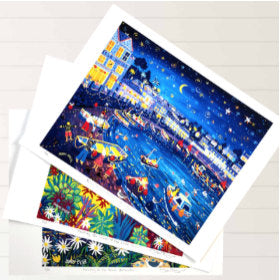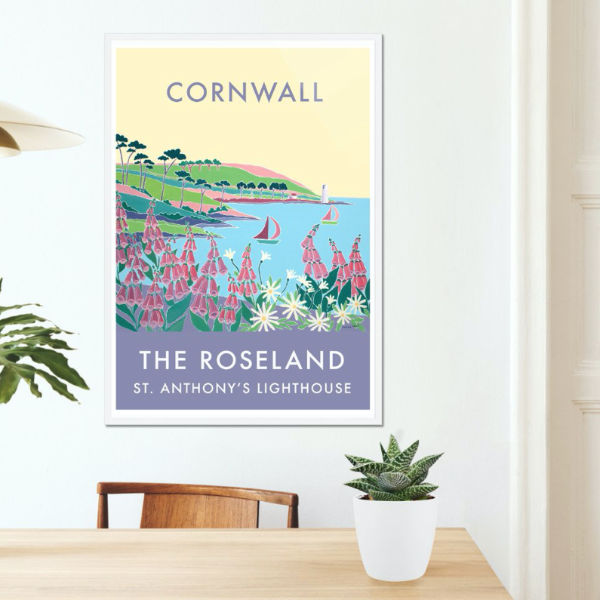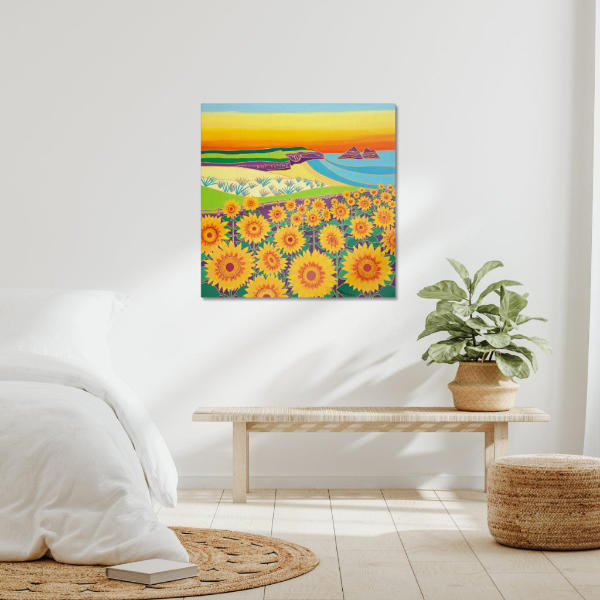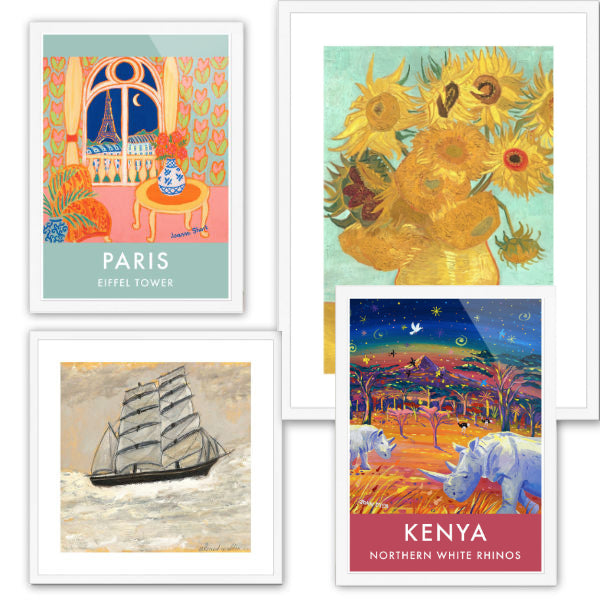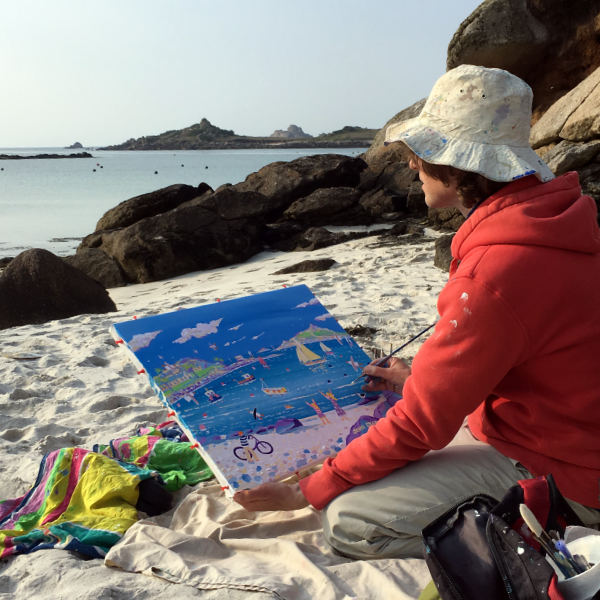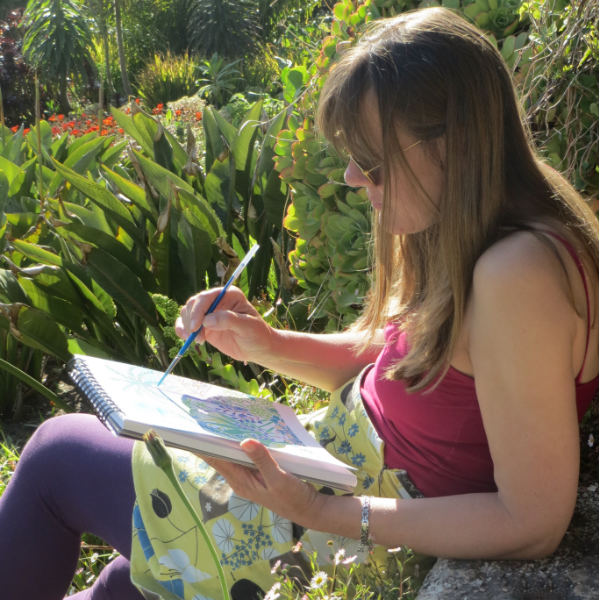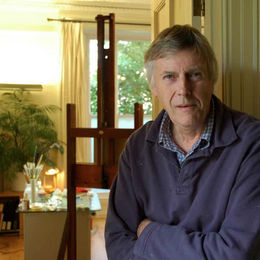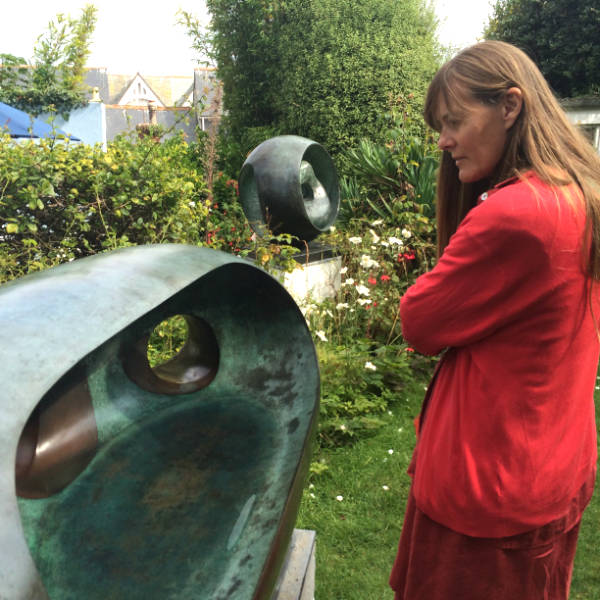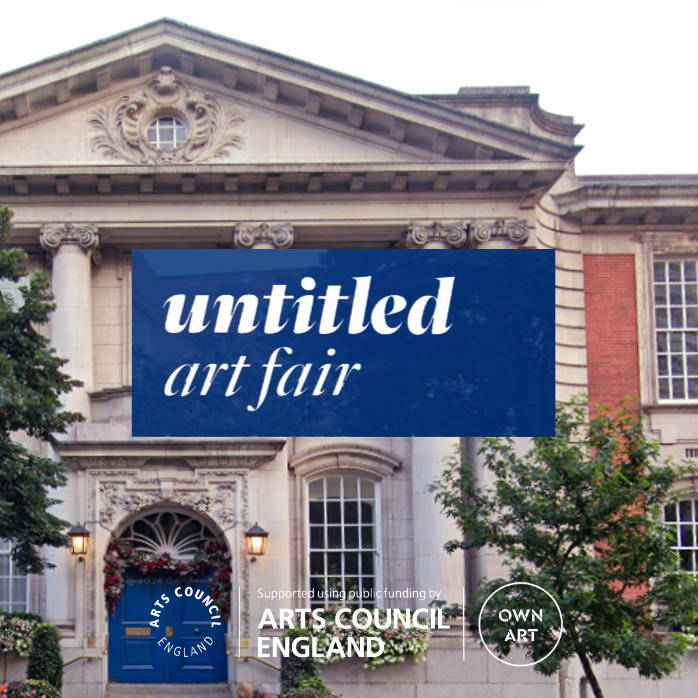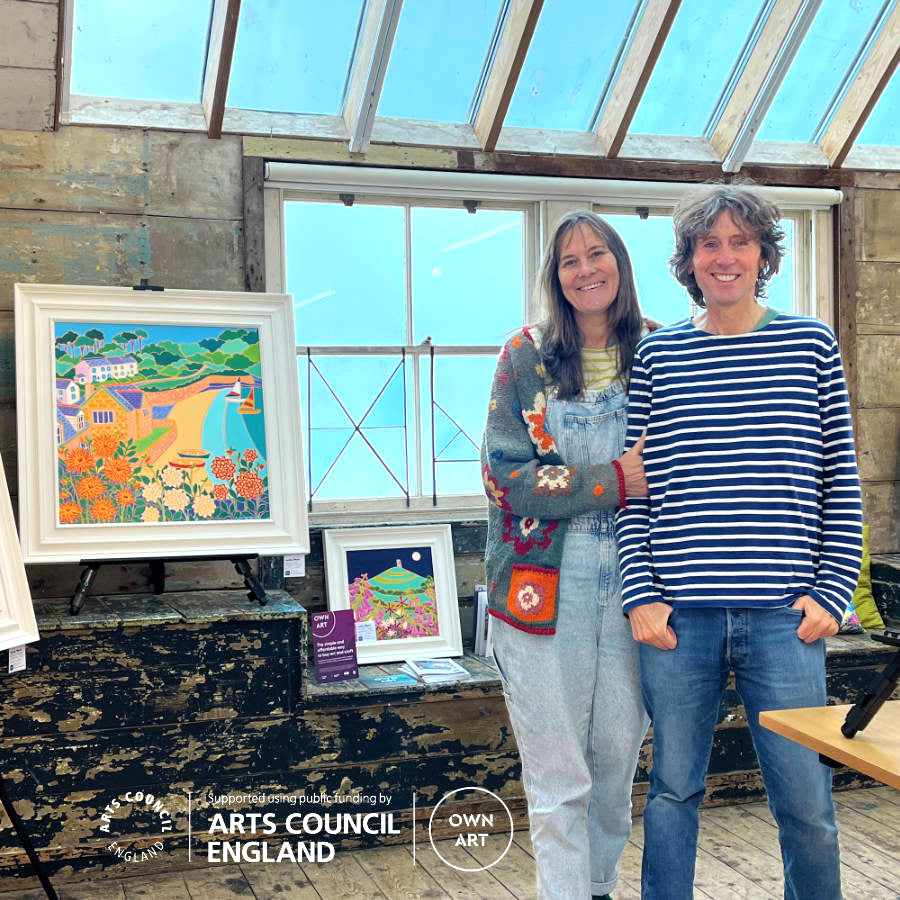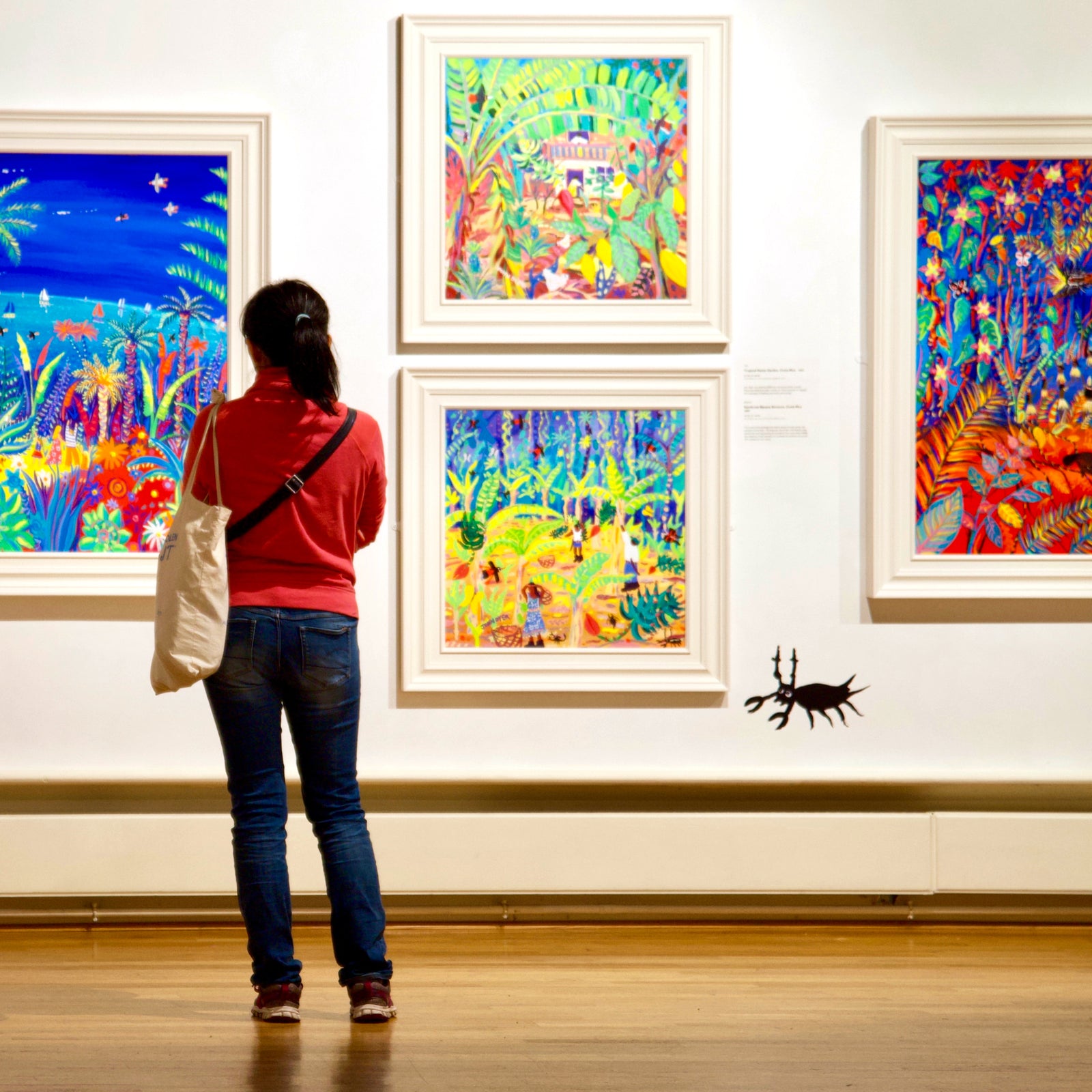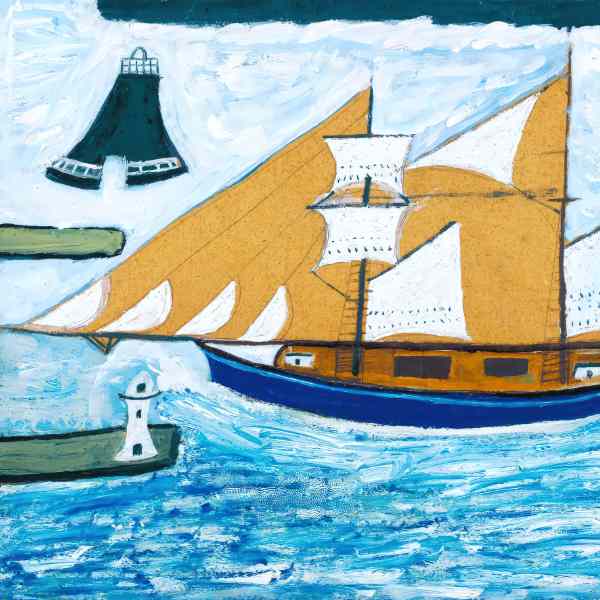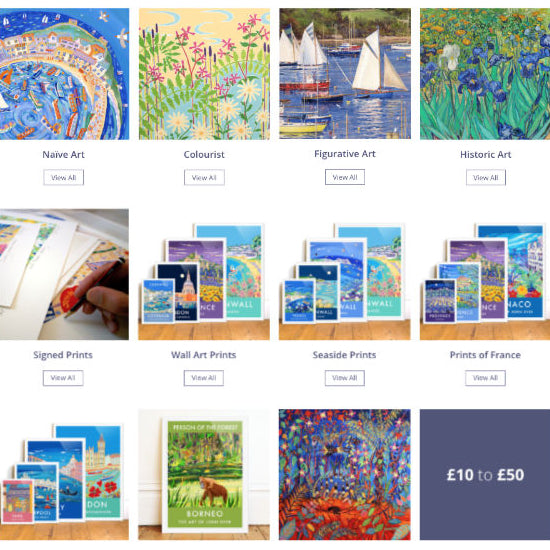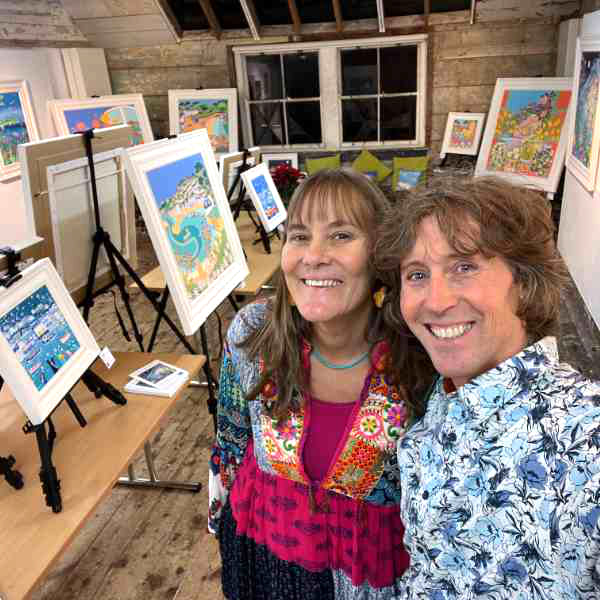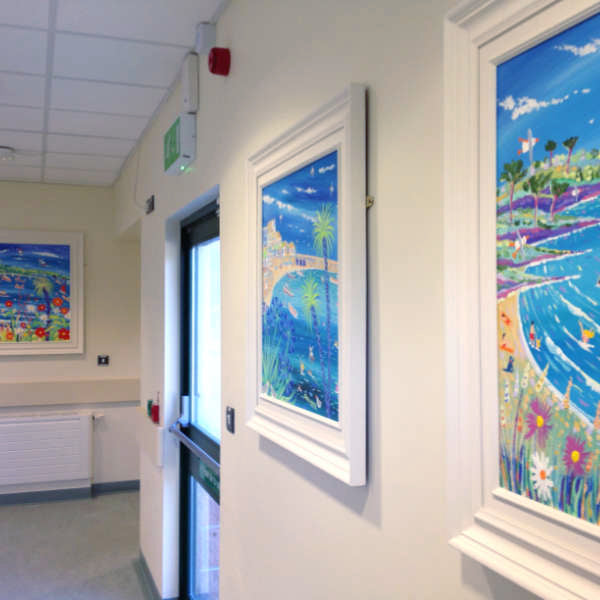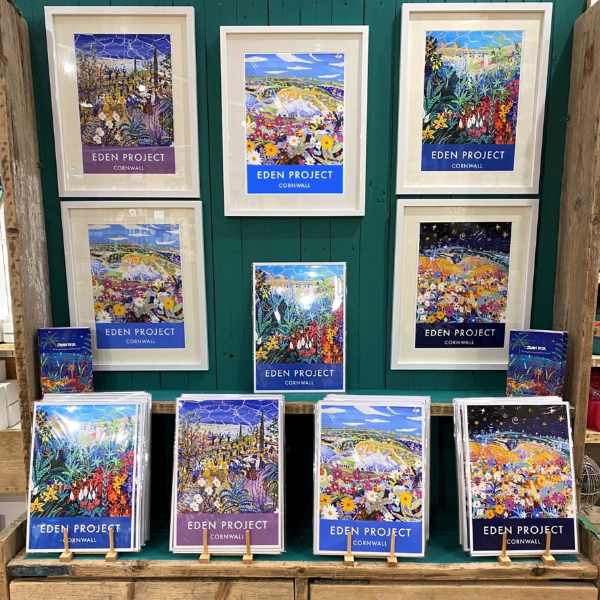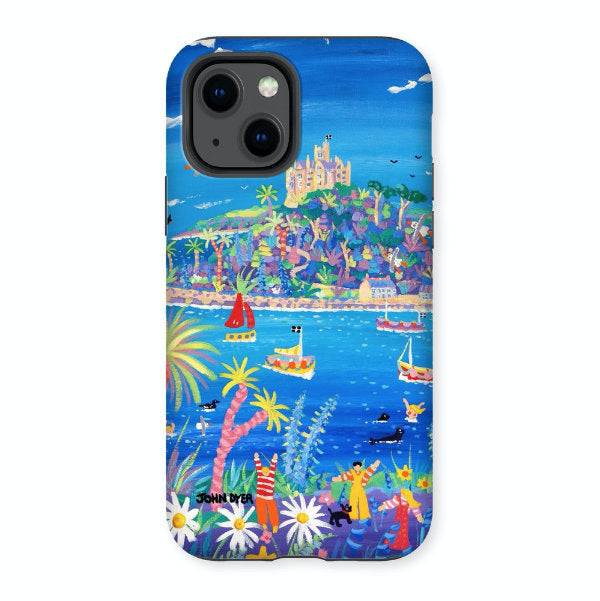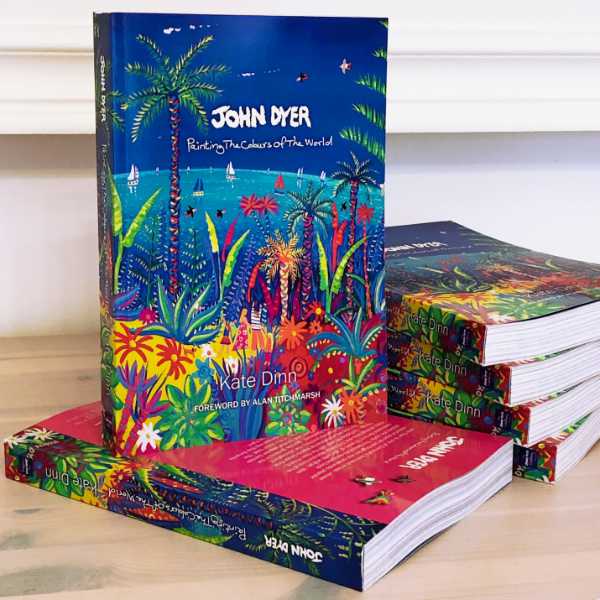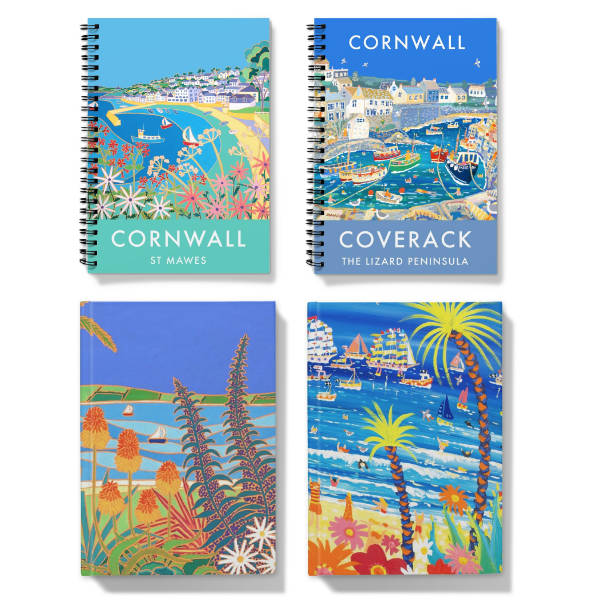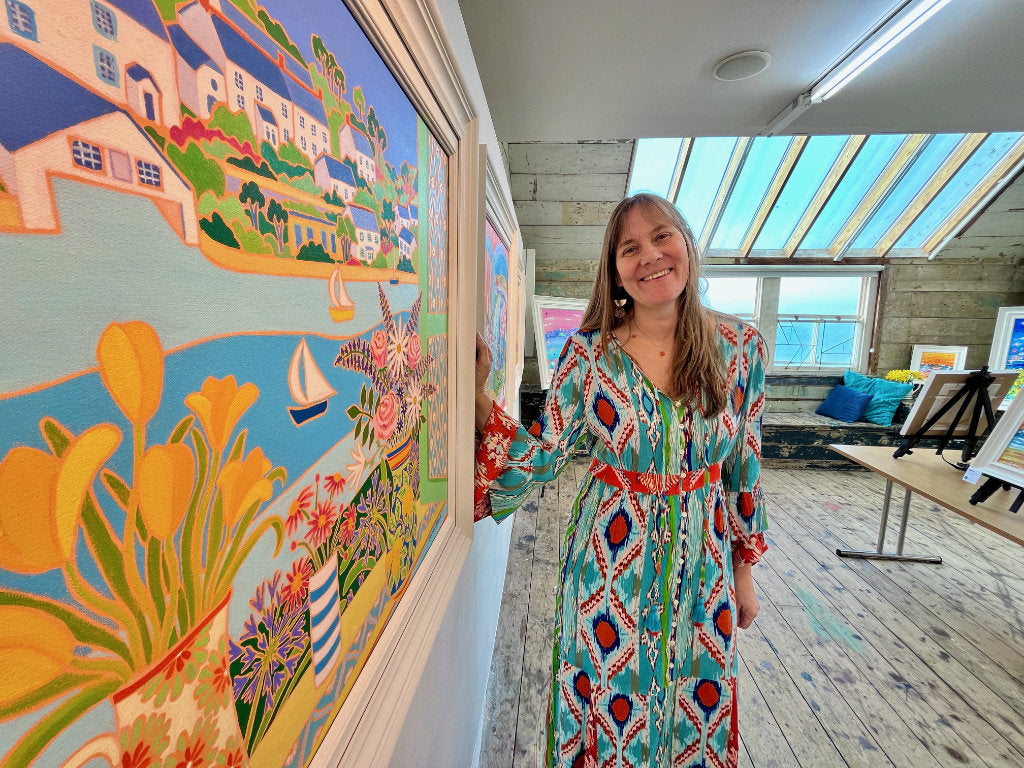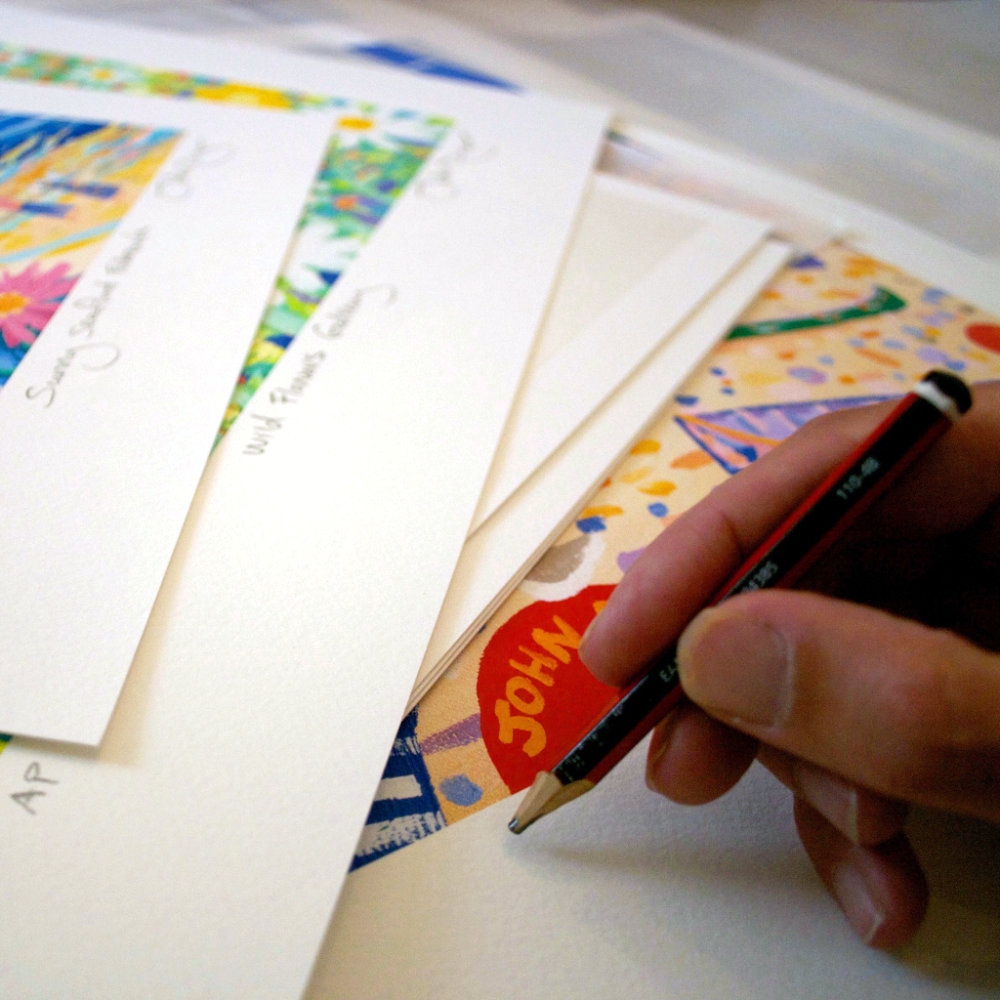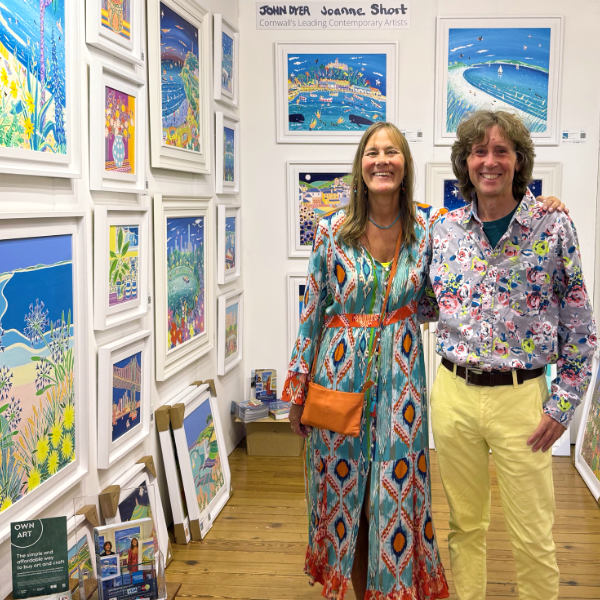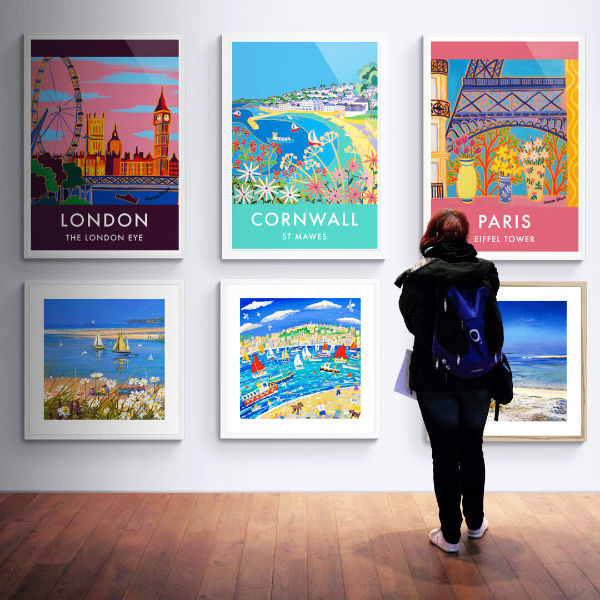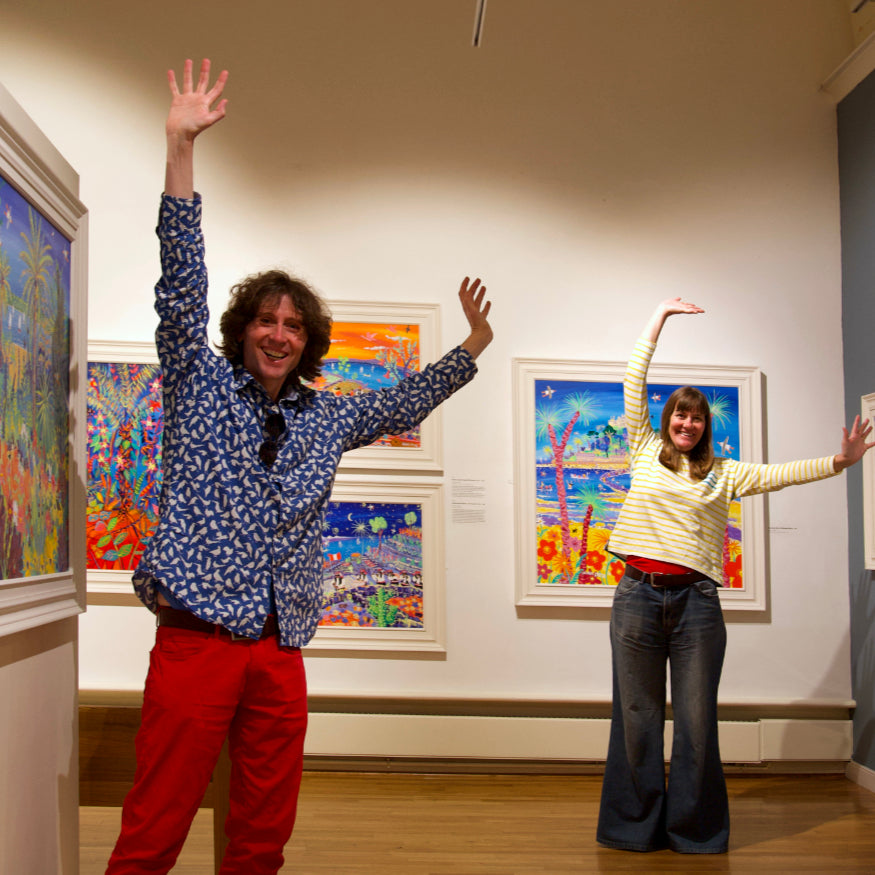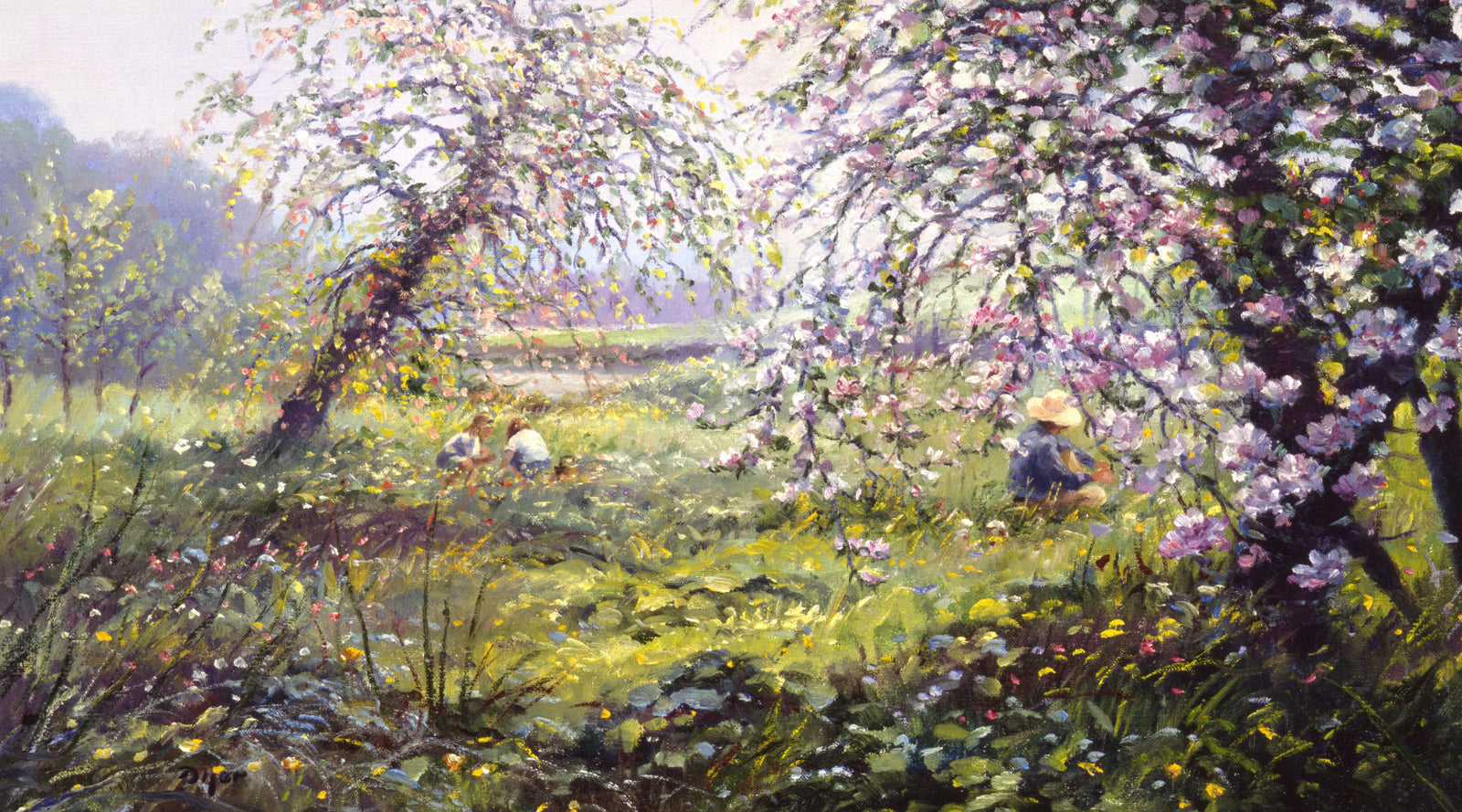
Above: 'Playing in the Apple Orchard' by Ted Dyer
In this week's blog, we look at the fantastic art and career of Cornish-based local artist Ted Dyer. From his famous Somerset landscape paintings, Cornish seascapes, acclaimed still life paintings and family portraits, we peel back the pages of this accomplished artist's life and career and find out why he is now one of the most famous Cornish artists.
Born in Bristol in 1940, local artist Ted Dyer started his artistic journey in Somerset, where his impressionist painter landscape painting began. Using oil paint, he painted romantic scenes of cottages and trees in full blossom populated with human and animal figures all around the Somerset Levels, in his own unique style, alongside very competent still life paintings and dynamic images of galleons at sea. All of Dyer's art used traditional media such as oils, acrylic and watercolours rather than mixed media art work, which has far less longevity.
Above: Ted Dyer at work 'en plein air' in the Somerset countryside with willow trees and cows. Photograph from circa 1968 courtesy Martin Jacka.
Above: 'White Lilies, Lemons and Red Wine Still Life', open edition print by Ted Dyer
He worked in oil paint on canvas in a small makeshift studio area in the corridor of his marital home. In 1972 Ted Dyer and his wife Vivien moved the family to Cornwall, where Ted became a full-time artist, after previously juggling his painting with a full-time job as a radiographer at Musgrove Park and East Reach hospitals in Somerset.
Above: Fishing in a Duck Pond, Somerset
A self-taught artist
Ted is a self-taught artist, having initially been only able to follow a career in radiography. Whilst a student at Queen's College independent school in Taunton, Somerset his art teacher took the time to visit his parents at home to try and persuade them to allow the young artistic talent to attend art college. Ted's parents were not receptive to this idea as they insisted he should get a 'proper job' and radiography was one of the only funded educational routes available for further study.

Above: Artist Ted Dyer pictured at work in his studio in 1965 by Martin Jacka
Remarkably Ted never attended art college or any school of art even though, in time, he has become one of the country's best-known and most successful Cornish artists. The artistic vision in his eclectic range of artworks inspires artists even now, and his work is in many private collections and collected internationally and across the UK. An original painting by Ted Dyer is owned by the nation and can be seen at Falmouth Art Gallery in Cornwall.

Above: Photograph of artist Ted Dyer on Newquay beach in the 1970s with a painting of galleons on a choppy sea. Photo courtesy Martin Jacka.
In 1979 the following article was written by Peter Hesp and published in The Somerset County Gazette in his weekly column 'Somerset Notebook'. This article explains how and why Ted Dyer became the Cornish Artist he is today. Ted had progressed to a senior position in radiography and had declined well paid jobs with both Kodak and DuPont in the USA and saw an opportunity to finally become the artist he had always dreamed of being.
A Painter too busy for art lessons
When Ted Dyer hung up his white coat in the X-ray department at Taunton's East Reach Hospital, walked down to his car and then drove to Cornwall with some strange luggage on the roof-rack, he could not have known that he was journeying out of his old way of life into a completely different one.
But he did know he was going to have a darned good try to do just that.
Ted was just 25 at the time, a cheerful, intelligent young man with an interesting career in front of him - for already he was senior radiographer at the hospital. Trouble was, although he must have been pretty good at taking the old X-ray pictures of people's bones and what have you, these weren’t really the sort of pictures he was interested in.
Whenever he had a few minutes to spare he grabbed a pencil and began sketching and, whereas other radiographers might spend their time doodling with digitals or practising perspectives with a pelvis, Ted was hot on boats and trees and landscapes.
In fact, he wanted to be an artist. He had always been fascinated by the visual arts, but, as a school boy at Queen's College, when his parents kept the Four Alls Hotel, Taunton, the idea of earning a living as an artist had seemed hopelessly impractical. So he had gone on to college and had eventually become a radiographer.
First sales
“But I spent all my spare time drawing and painting. Eventually we finished up with a house full of pictures and didn’t know what to do with them”, Ted told me as we sat in his studio at Creech St. Michael.
That was when he and his wife, Vivien, got into the car and drove down to Cornwall by way of South Devon.
“We thought we would try to sell some of the pictures to shops in the holiday resorts".
Ted went on, “It was a bit of a game, really, getting the shopkeeper to come outside while we struggled with ropes and string, selecting pictures from a pile on the roof-rack.
"Luckily the first shop we tried in Exmouth bought a few and advised us to take the rest down to a shop called the 'Treasure Trove' (established in 1960) in Newquay.
We went there straight away, and have never regretted it"
A success story indeed - but it wasn't quite as easy as that. The Newquay art dealer, with his windows full of striking paintings, did not exactly grovel over the young radiographer's work.
"In fact", said Ted, "he (Mr Leonard Rollason - known as Rolli) told me to get them out of his shop he didn't want any of them.
"But as we began to leave he called me back and told me not to get the wrong idea. Then he waved an arm at some long, narrow frames and advised me to paint pictures to that format and bring them for him to see"
The shopkeeper knew precisely what the public wanted, and it was not the traditional broad, rectangular painting, such as the ones stacked on Ted's car roof.
Back home after a 250-mile round trip, the young artist got to work, wrestling with the difficult problem of composing pictures perhaps three feet long and only one foot wide.
The Dyer's sitting-room, in the house they occupy in Creech St. Michael's old Victorian vicarage, became only just habitable, cluttered as it was with stacks of primed art-boards, dozens of frames a couple of easels and assortments of brushes and paints.
Turned pro
In a remarkably short space of time Ted Dyer was back in the Newguay shop with a pile of fresh pictures and, this time, the dealer bought the lot.
Since then he has taken nearly all of Ted's output - something like 1,200 oil paintings since 1966, and the radiographer has become a professional artist, supporting his wife and two children entirely upon what he earns with the brush.
Stated as simply as this, it sounds ridiculously effortless. In a world where artists traditionally starve in garrets all over the place, even after years of intensive training, how came it that this young man could survive as a painter with virtually no training at all?
"Actually, I did enrol for night classes at the Somerset College of Art but I only went on two nights and then found I couldn't spare the time" he said.
There's the truth of it-he simply couldn't spare the time to do anything except respond to the drive that was within him and paint, paint and paint.
Of course, he was also kept busy with his job at the hospital. During the three years it took him to establish himself so firmly as an artist that he could afford to give up his other work entirely, the grind was continuous.
There never seemed to be enough hours in the day.
Even now being a full time artist is an utterly demanding vocation for the head of the Dyer household. His paintings retail at anything from £5 for a small sketch to a top price of £230, although most sell at around £80 or £40. Ted's cut of this means that, to keep the wolf at a comfortable distance from the door, he has to work at his easel a regular eight hours a day throughout the winter and a great deal longer in the holiday season.
A long day
Last summer, when other people were sunning themselves on western beaches, and perhaps looking at his pictures in the shop window in Newquay, Ted was at his easel for up to 15 hours a day, seven days a week.
Looking at his fantastically detailed maritime scenes, his realistic still-life studies and his dreamy evocative paintings of Cornish harbours, and hearing Ted talk animatedly about his work, I gained the impression that the secret of his commercial success lies in the love of craftsmanship which underlies his artistic drive.
In the purpose-built studio, which he has added to his house, the tools of his trade are maintained and arranged after the manner of a craftsman.
Ted Dyer is an artist who, working under the discipline of a consumer demand, has succeeded because he consistently refuses to allow artistic licence to undermine a craftsman’s integrity. And this, after all, is what made the Masters great.
Courtesy of Peter Hesp - Somerset County Gazette 1979

Above: An early example of a Ted Dyer painting from the late 1960s and early 1970s
Fine Art paintings
Dyer's style of painting has changed and progressed significantly over the years. As a contemporary artist here in the West country, he has had a huge influence on Cornwall artists of all ages. From a young age, his son John Dyer would accompany him on trips out, photographing and sketching the landscape.
'My father has been a huge influence on me all my life. His work ethic is second to none, and he has a rare talent that is an inspiration. I have many happy memories of spending time making drawings and watercolour paintings together with him when I was a young boy. I feel very lucky to have had an amazing artistic upbringing alongside him."
John Dyer
Since his early paintings of Somerset, his still-lifes and his paintings of galleons, which were all popular at the time, Ted has adapted his style and medium over the years. His original paintings of the ever-changing Cornish landscape and seascapes capture the special Cornish light. The impressionistic-style paintings of his later beach scenes, with families enjoying their time on the shore, are stunning.
Expressionist landscape painting
It is impossible to deny that the cornish landscape has played an enormous part in the development of Dyer's paintings over the years. Moving his family down to Cornwall from Somerset, was the first step leading to an extraordinarily successful career as a Cornish artist. His expressionist landscape paintings capture the essence of everything Cornwall has to offer.
Above: Open Edition Cornish Art Print. 'Blackberry Path to the Beach, St Anthony in Roseland'
Over the years, Dyer has even successfully tried his hand as a portrait artist, painting portraits of his own family. This is a painting of his son John painted circa 1977.

Above: Portrait of John Dyer painted by Ted Dyer. 36x28 inches, oil on canvas.
Watercolours
Above: 'After the Race', watercolour painting by Ted Dyer
Oil painting is definitely Dyer's favourite medium overall, but he has also worked in watercolour, gouache and ink pen sporadically over the years.
Above: 'Bluebells on the Cliff at Swanpool', watercolour by Ted Dyer
Watercolour is his preferred portable medium when working as an 'en plein air artist', and his watercolour paintings are painted mainly on-site.
Above: 'View of the Camel Estuary and Daymer Bay from Rock', watercolour by Ted Dyer
He has done several collections of watercolour work over the years while on his travels, with a particularly strong set of work of Tresco and Italy. His intensely personal process always yields remarkable results, and his watercolours exhibit freedom of mark marking and colour that capture fleeting moments in time.
Above: 'View from our Room, Island Hotel, Tresco' by Ted Dyer
An impressionist painter's journey of life in Art
During his career as a working artist, which stretches over 60 years, Ted Dyer has produced many many stunning oil paintings and original artworks which have been bought, looked after and loved by many people. At the age of 82, he still paints and regularly exhibits at his son's gallery - The John Dyer Gallery. His work is also available as open-edition prints. The original journey that Ted and his wife Vivien made to Cornwall was definitely the beginning of what became a 'life in art'.
Why not explore all of the currently available Ted Dyer paintings and Ted Dyer art prints on our acclaimed online gallery. We have free delivery worldwide and exclusively represent artist Ted Dyer and his work.


